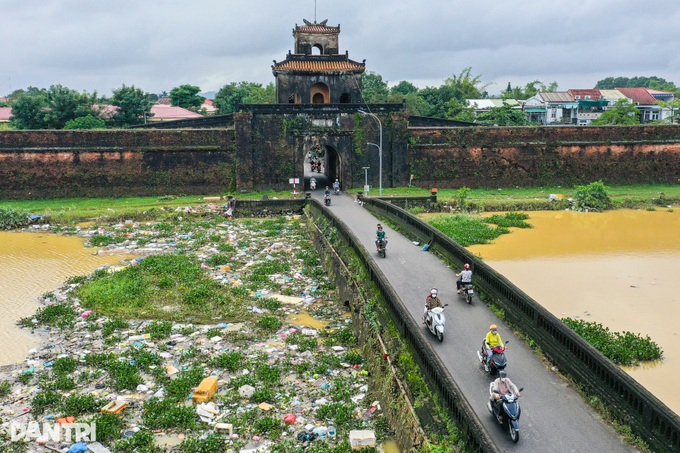
Residents of the central city of Hue face a severe environmental challenge as floodwaters recede, leaving behind devastation, including mud, fallen trees, damaged belongings and tonnes of household waste scattered across the city.

Major waterways such as the Ngu Ha, An Cuu and Huong rivers are choked with rubbish, emitting strong odours and causing serious pollution.
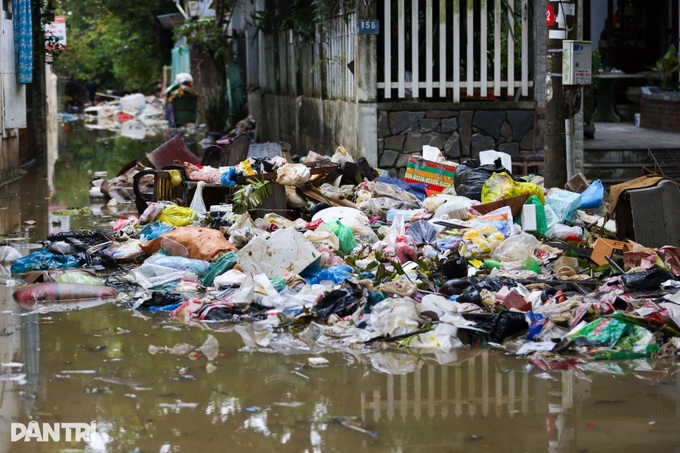
Waste has also spread across roads and schools, creating an unsightly landscape and raising concerns over disease outbreaks.

After three consecutive floods, accumulated rubbish has grown so large that cleanup has become more difficult than ever.
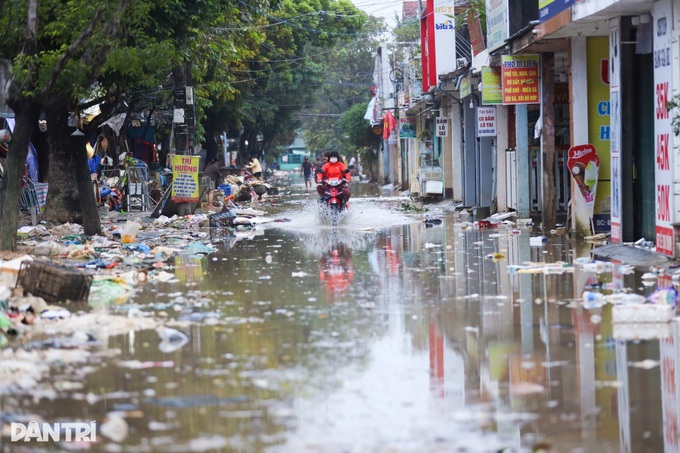
Le Dai Hanh Street, near Tay Loc Market, is among the hardest-hit areas, with rubbish piled heavily along the roadside.

Mud covering many streets is also hazardous. On Phan Chu Trinh Street, residents and authorities helped a student who slipped while riding an electric motorbike on the slippery road.
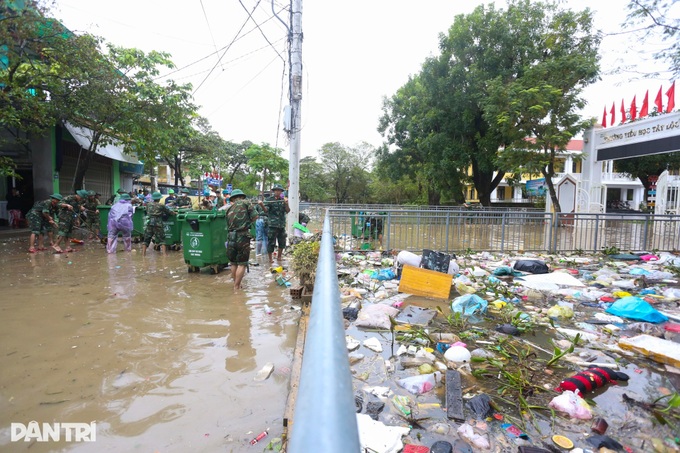
In response, military personnel, police, youth volunteers and environmental workers have been mobilised to clear mud and collect waste.
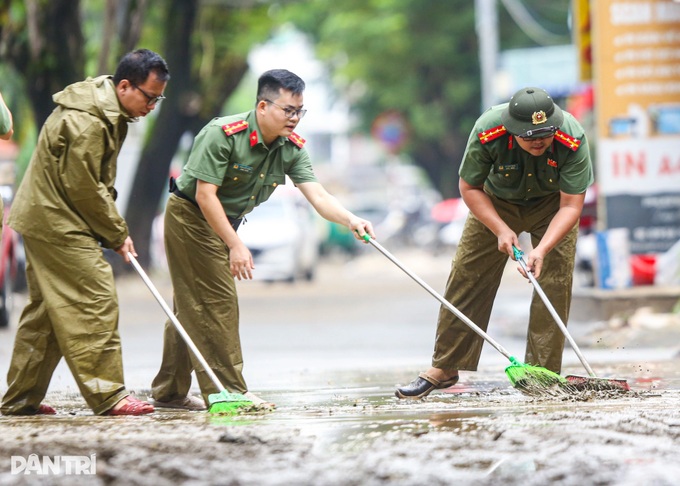
Key hotspots, including Nguyen Khuyen Street, Truong Tien Bridge and inner-city schools, are being prioritised for cleaning.

Teachers and students are helping to clean classrooms, enabling schools to resume activities sooner.
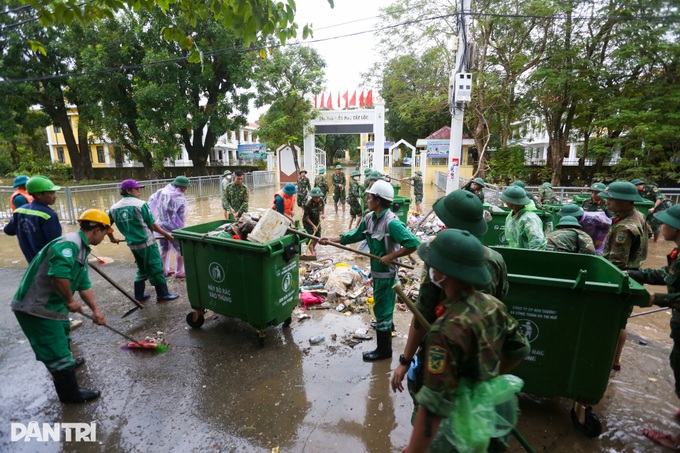
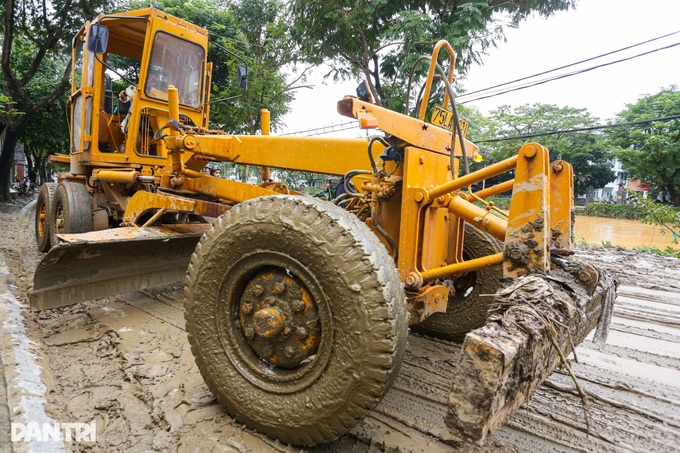
Machinery and vehicles have been deployed to remove mud and support traffic restoration. Environmental workers are operating continuously despite wet conditions and drizzle.

However, the overwhelming volume of waste is hampering collection. Temporary dumping points are quickly over capacity despite constant rubbish removal.
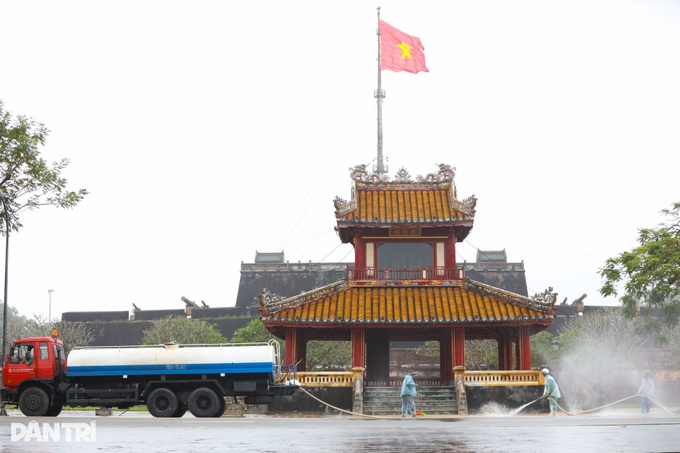
Environmental experts warn that without prompt clearance and proper treatment, the waste and mud may cause air and water pollution, heighten the risk of disease and leave long-term impacts on public health.
